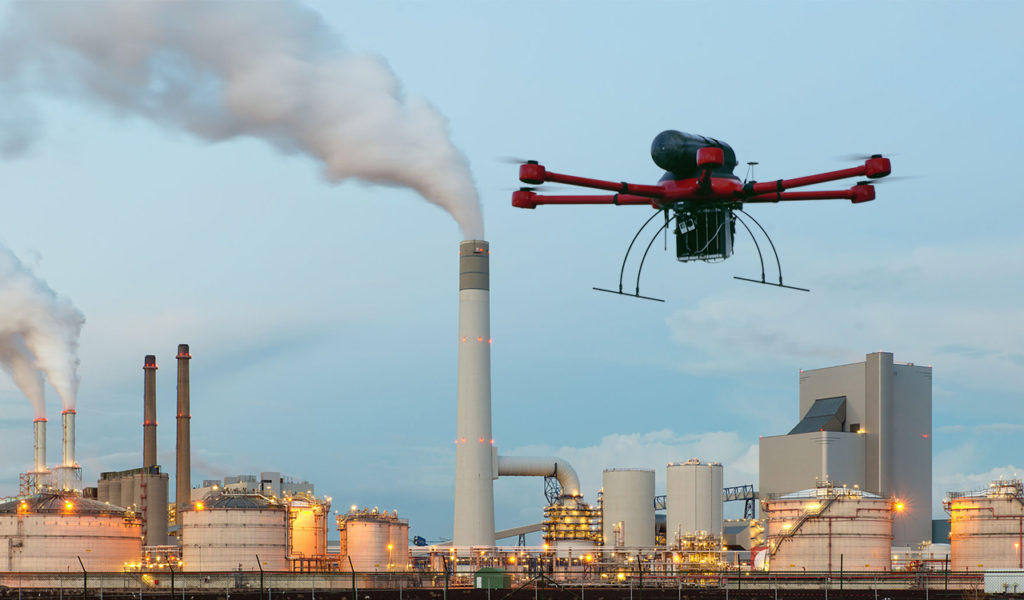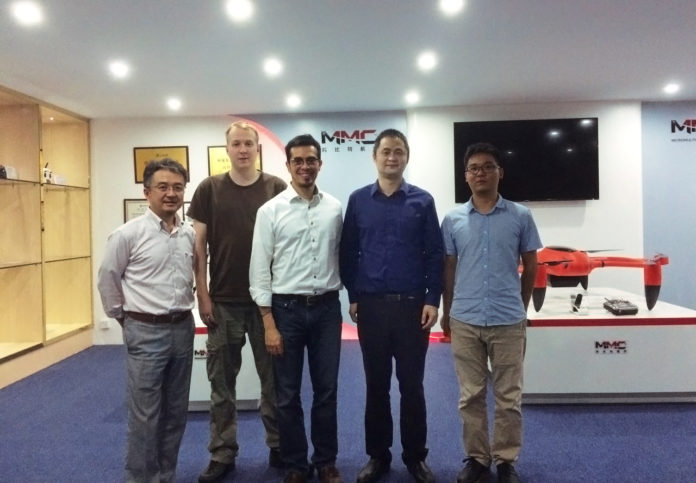suasnews.comBy Press
November 29, 2016
Drones have entered the world of consumer electronics with such a blast but generally speaking, it still stays in the phase of aeromodelling just like the intercom in the wireless era. Although the UAV technology (such as flight controller, gimbal and obstacle avoidance) has made breakthroughs, there are two major technical bottlenecks hindering the UAV into the era of industrial operations.
First of all, it’s the limitations of wireless communication technology. So far, the effective radius of signal and transmission still hasn’t been able to reach 10 km, which greatly limits the task range of industrial unmanned aerial vehicles.
First of all, it’s the limitations of wireless communication technology. So far, the effective radius of signal and transmission still hasn’t been able to reach 10 km, which greatly limits the task range of industrial unmanned aerial vehicles.

Secondly, UAV’s flight time can be a barrier. Although the existing lithium battery solution has almost been optimised to extremes, it hardly enables drones to fly for more than two hours. Most unmanned aerial vehicles even have a flight time of fewer than 30 minutes.
Now, new technology is going to solve both problems and it enters the final joint testing phase. As part of its efforts, Nokia’s UAV telecommunication solution enables unrestricted coverage of signals and transmissions, the MMC’s hydrogen fuel cell drone can fly more than three hours and the next generation of drones is expected to fly more than eight hours.
What will happen in the new era of industrial UAV? Hundreds of square kilometres’ range can be monitored continuously for several hours, while you just need to sit in the control centre. And at the same time, route planning can be set, drones can fly in wide range and varieties of tasks can be accomplished automatically.
On November 18th, 2016, the expert group of Nokia visited MMC headquarters in Shenzhen, China, and set up a joint test program. This event will be a milestone in the history of unmanned aerial vehicles and it is very promising thatUAV will walk a step forward to the industrial field. The new era of the industrial and commercial drone is coming!
http://en.mmcuav.com/index.html
Read more at:
http://www.suasnews.com/2016/11/uavs-new-era-coming-nokia-uav-telecommunication-network-mmc-hydrogen-fuel-cell-drone/

No comments:
Post a Comment